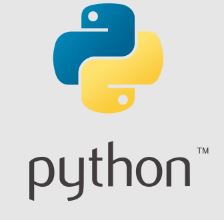In C programming, the ‘continue’ keyword is a versatile control statement that allows you to influence the flow of loops. This article offers an in-depth explanation of the ‘continue’ keyword, its role in loop control, and provides real-world examples to showcase how it enhances the efficiency and readability of your code.
Understanding the ‘continue’ Keyword
The ‘continue’ keyword in C is used within loops to skip the remaining code within the current iteration and proceed to the next iteration. It effectively lets you skip specific iterations based on a condition, improving the control and efficiency of loops.
Syntax:
Example 1: Using ‘continue’ in a Loop
Output:
In this example, the ‘continue’ statement is triggered when i equals 3, causing the loop to skip that iteration and proceed to the next. As a result, the numbers 1, 2, 4, and 5 are printed, excluding 3.
Common Use Cases for ‘continue’
- Skipping Specific Iterations: ‘continue’ is used to skip certain iterations of a loop when a specific condition is met, allowing you to control which iterations execute.
- Filtering Data: ‘continue’ is valuable for filtering data within loops, where you want to exclude elements based on certain criteria.
Example 2: Filtering Odd Numbers
Output:
In this example, ‘continue’ is used to skip iterations when i is an odd number, resulting in the printing of even numbers from 1 to 10.







